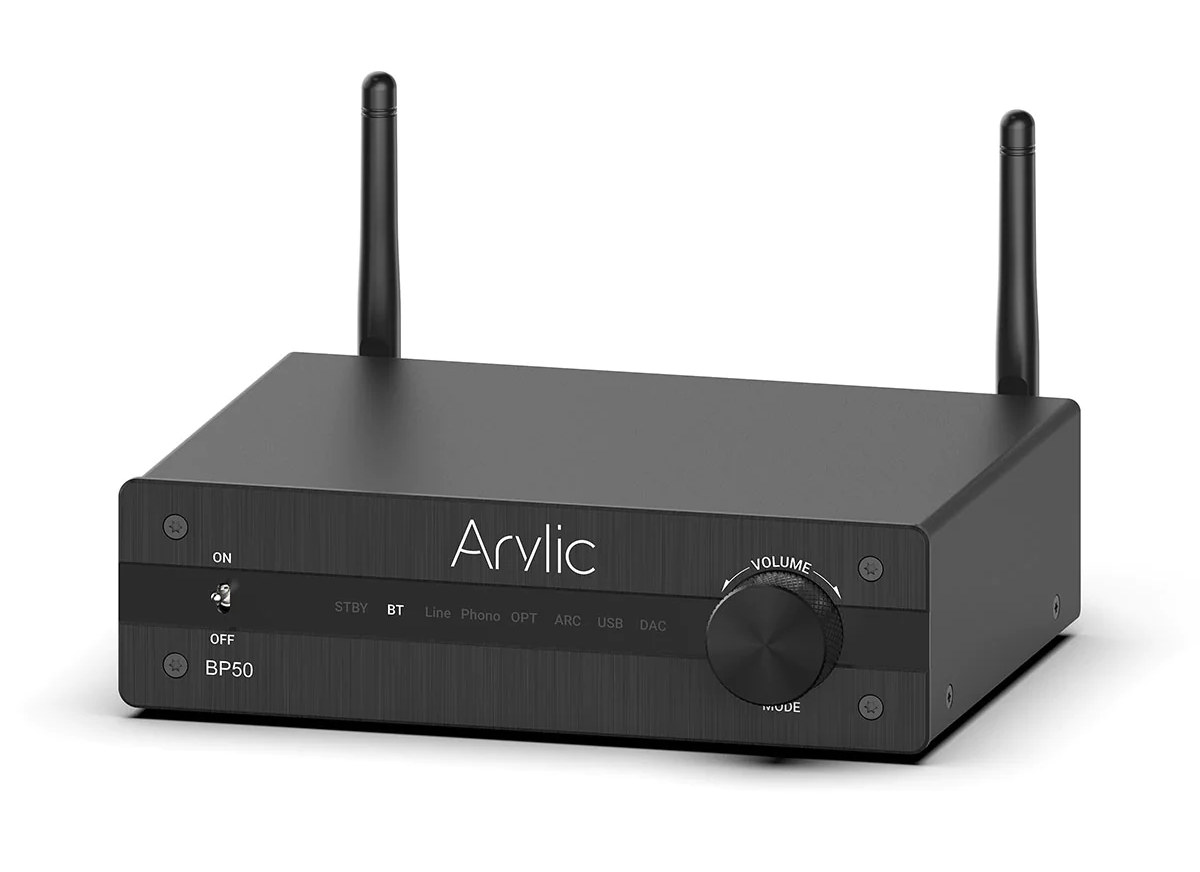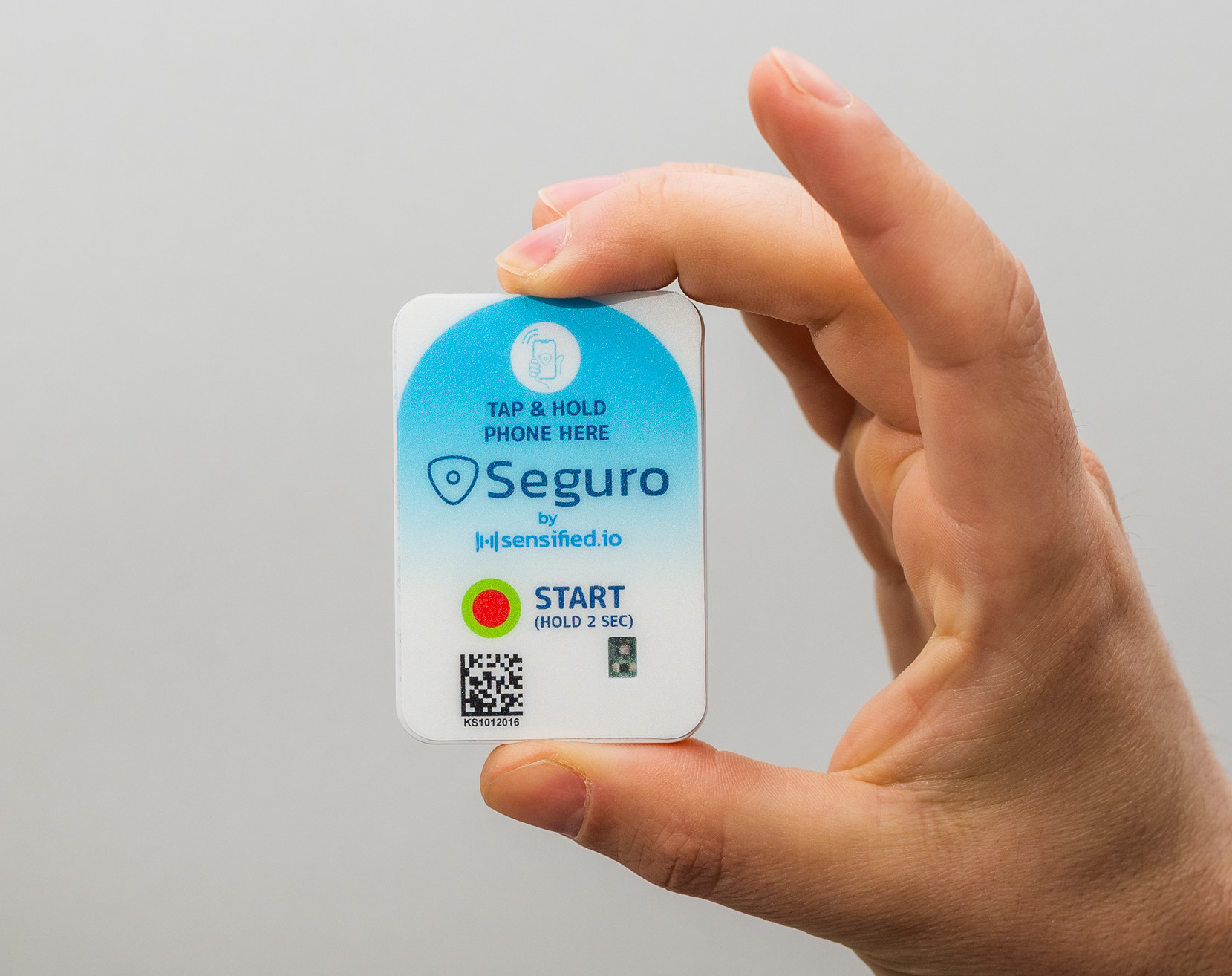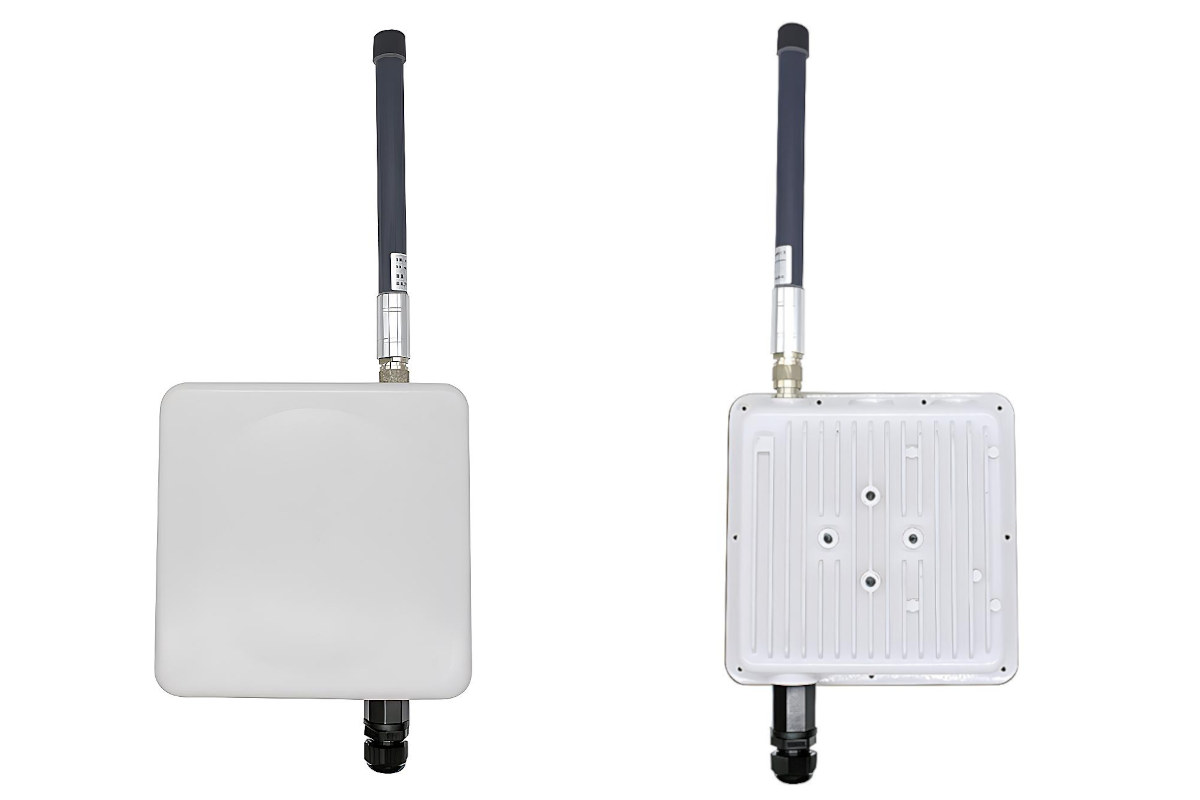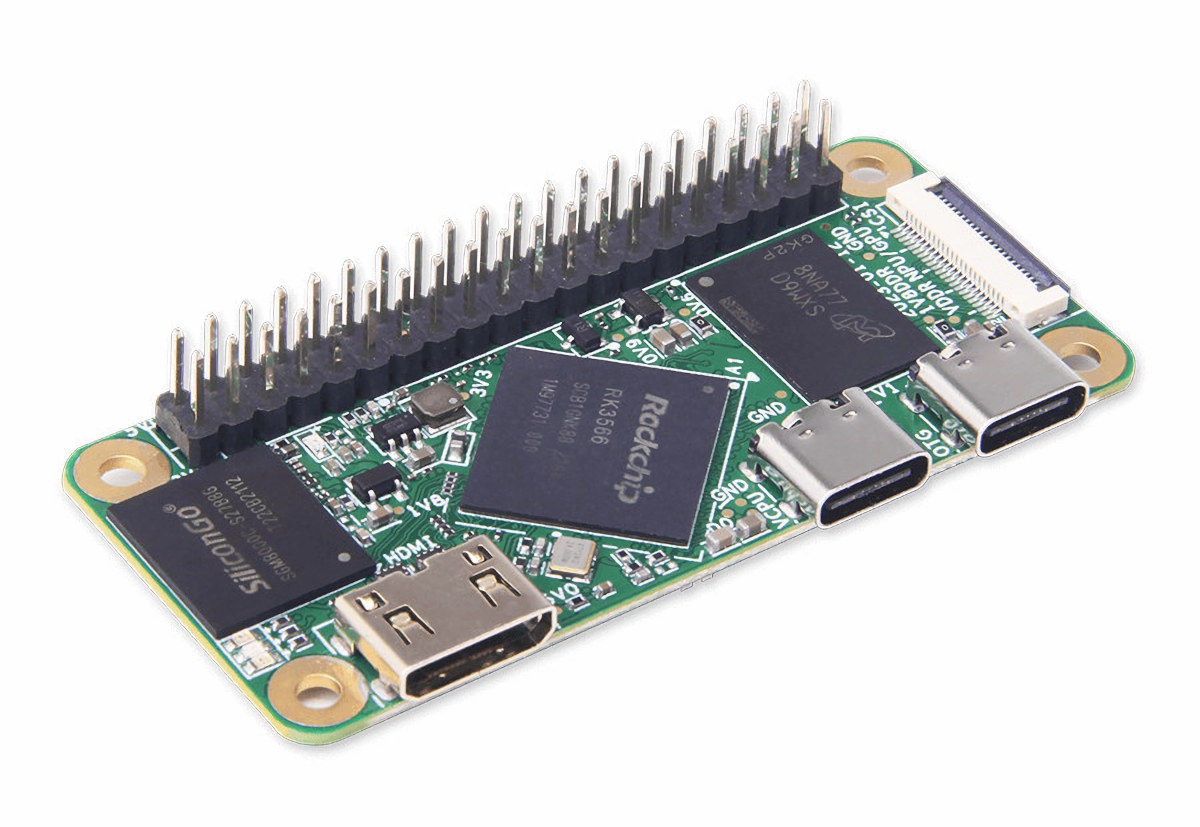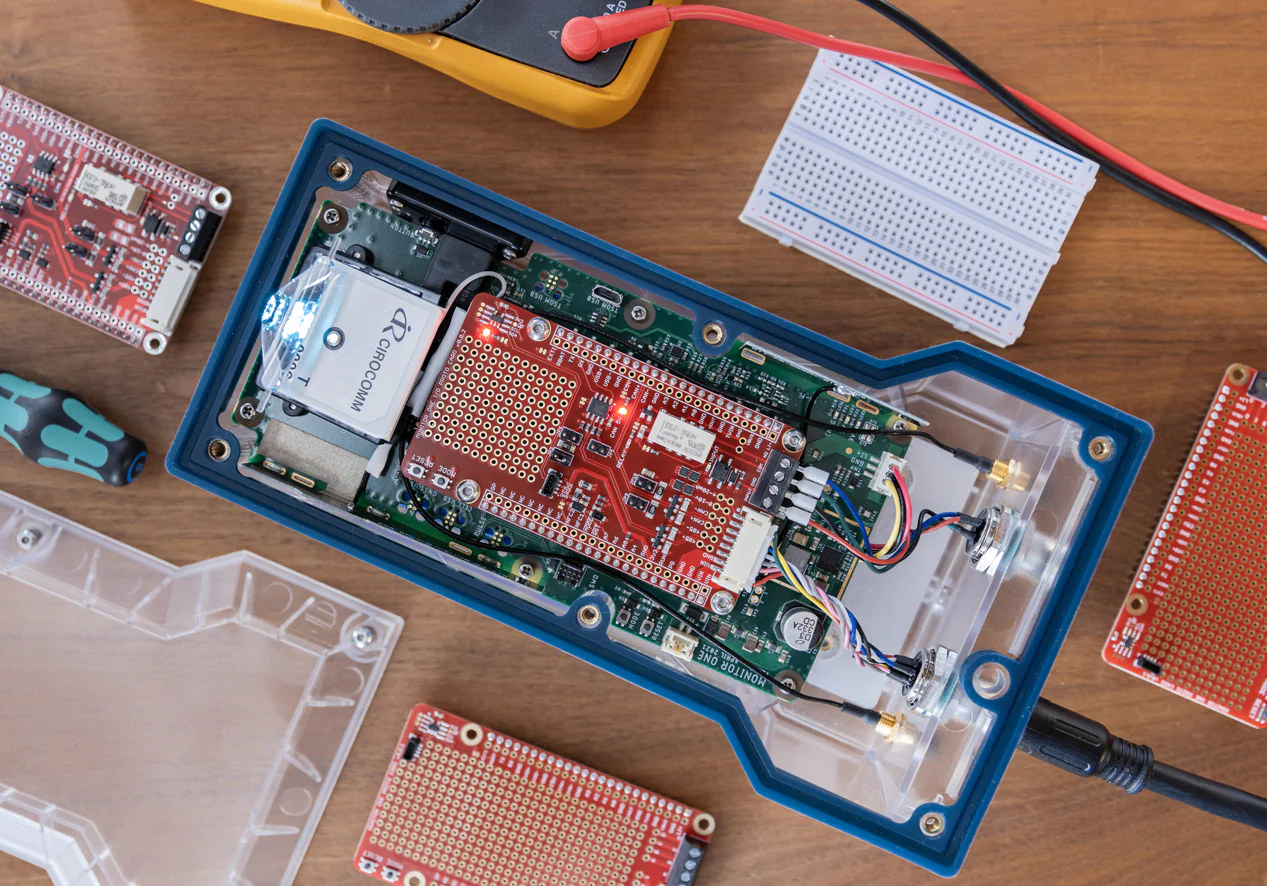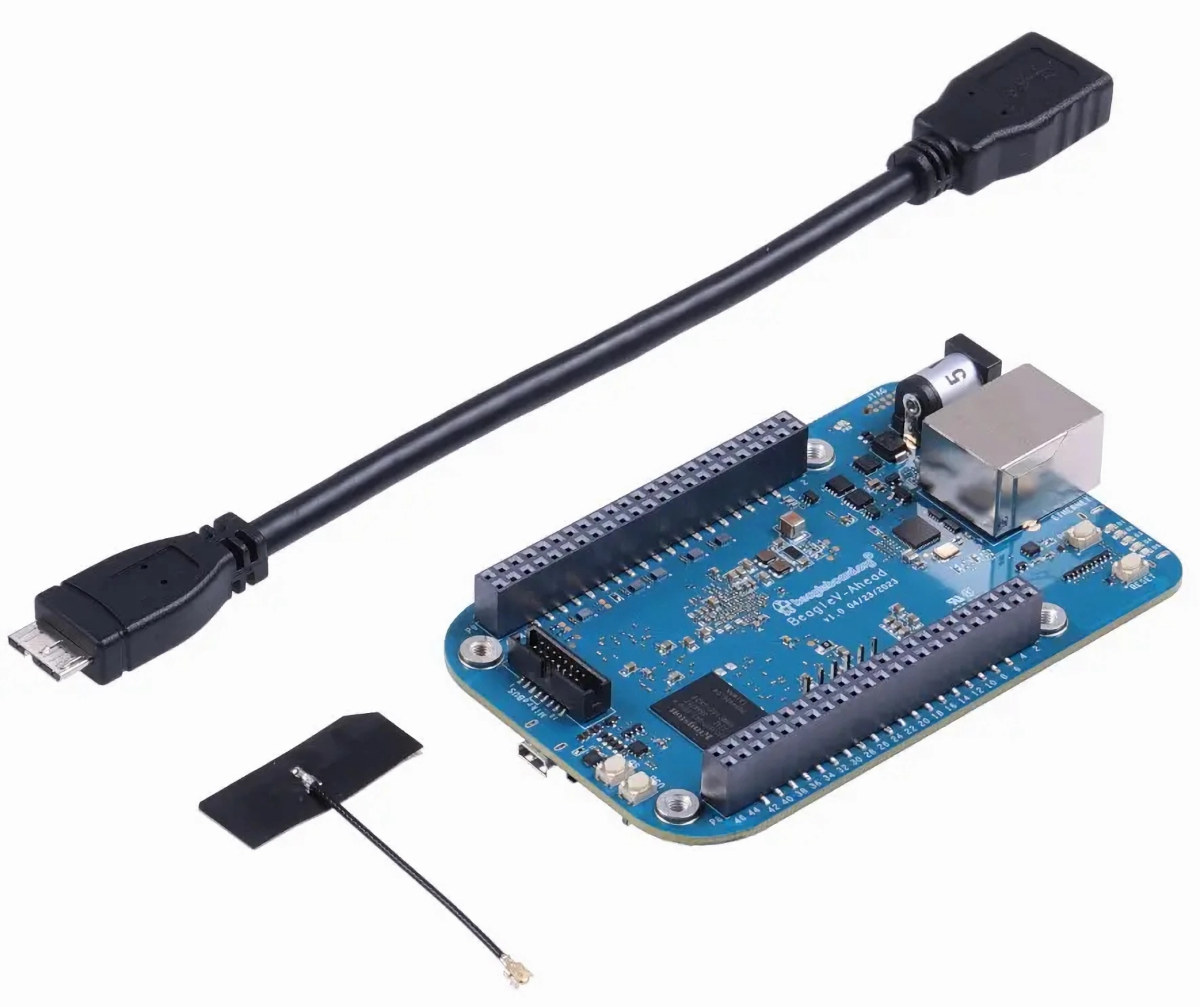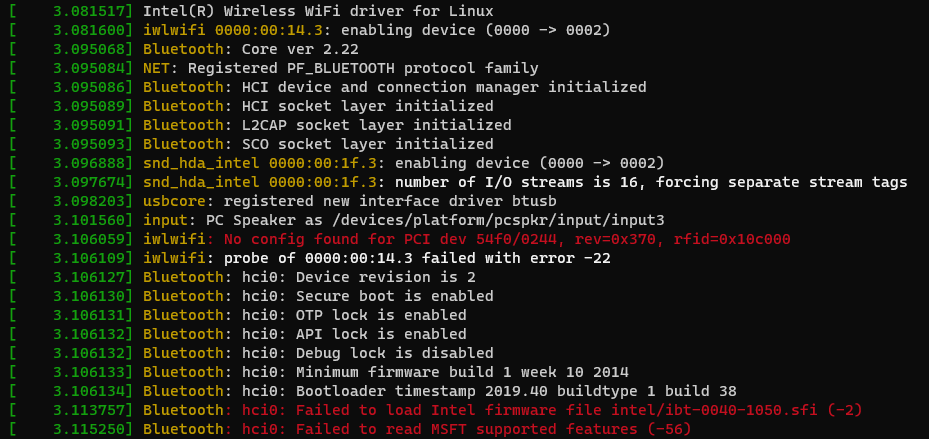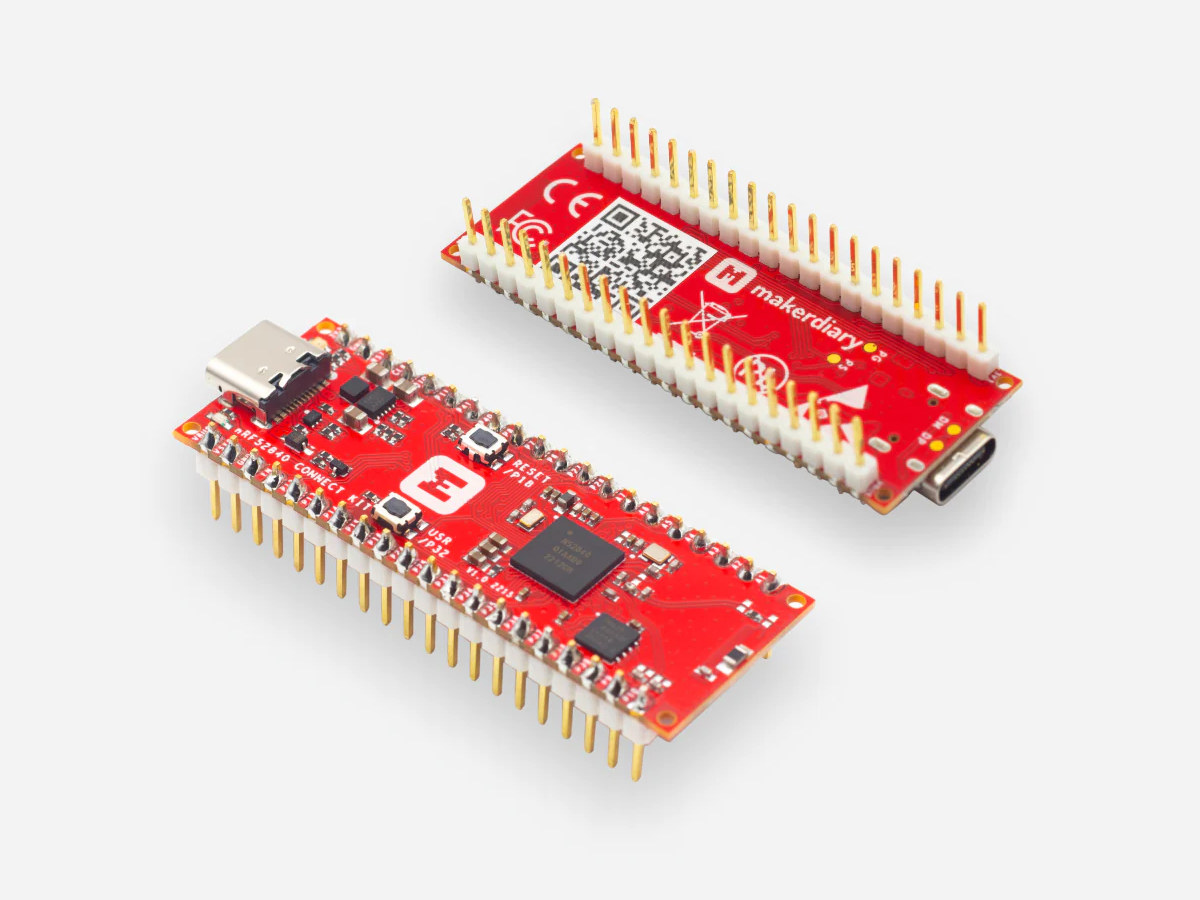Arylic BP50 is a low-cost Bluetooth 5.2 preamplifier based on ESS ES9023P 192kHz/24-bit DAC (see datasheet) with support for aptX HD, aptX LL, aptX Adaptive, AAC, and SBC audio codec. The amplifier can also transmit to two Bluetooth headphones simultaneously and offers various ports such as HDMI ARC in, Phono in, Optical in, RCA in, Sub out, Optical Out, Coax Out, RCA Out, and more. Arylic BP50 specifications: Bluetooth connectivity Version 5.2 with up to 15m range 2x Bluetooth Tx to connect up to 2x Bluetooth speakers or earbuds 2x Bluetooth Rx to connect up to 2 Bluetooth transmitter devices Bluetooth audio codecs Tx: aptX HD, aptX, aptX AD, aptX LL, AAC, SBC Rx: aptX HD, aptX, aptX AD, AAC, SBC Audio Frequency Response – 20Hz to 20Khz THD + N/SNR – 0.05%/>95db Codecs from USB storage – MP3, MP4, WMA, MOV, M4A, AAC, FLAC (96kHz/24-bit), APE Inputs Line in […]
Seguro 150 Bluetooth and NFC temperature logger works without mobile app (for the receiver)
Sensified.io Seguro 150 is a 4mm thick waterproof temperature logger designed for cold chain shipping applications in the food and healthcare industries and can also be used in retail settings. Most IoT devices require you to install some type of proprietary app, but the Seguro 150 is said not to require any app for the receiver and the temperature logger instead relies on Bluetooth LE and NFC so he/she can tap his/her phone to access the data and it’s also possible to receive PDF or Excel reports by email. Seguro 150 specifications: Wireless Bluetooth LE 5.0 up to 2Mbps Near-field communications (NFC) up to 10mm range Protocol – Type 4 Tag Emulation Temperature measurement Temperature Range – -30°C to +40°C Thresholds – High, Low Measurement Response – Sampling Interval, Start Delay Buffer – 7 days with 2-minute sampling to 7 months with 60-minute sampling Misc – Multi-color LED Battery – […]
Raspberry Pi CM4-powered outdoor gateway supports GbE, WiFi 5, Bluetooth 5.0, 4G LTE, LoRaWAN, and GPS connectivity
EDATEC ED-GWL2110 is an IP24-rated outdoor gateway based on Raspberry Pi CM4 and supporting Gigabit Ethernet, WiFi 5, Bluetooth 5.0, 4G LTE cellular, LoRaWAN, and GPS connectivity, as well as Power over Ethernet (PoE). The weatherproof gateway also comes with two microSD cards for the OS (CM4 Lite) and data, an HDMI 2.0 output port, a serial console, and features such as an RTC with backup battery, a watchdog, an ATECC608 secure element, and a user-programmable RGB LED. EDATEC ED-GWL2110 specifications: SoM – Raspberry Pi Compute Module 4 SoC – Broadcom BCM2711 quad-core Arm Cortex-A72 processor @ up to 1.5GHz with VideoCore VI GPU System Memory – 1GB, 2GB, 4GB, or 8GB RAM Storage – Optional 8GB, 16GB, or 32GB eMMC flash Wireless – Optional WiFi 5 and Bluetooth 5.0 Storage – Dual micro SD card slot for OS (Raspberry Pi CM4 Lite) and data Video Output – 1x HDMI […]
Geniatech XPI-3566-ZERO – A Rockchip RK3566 SBC that follows Raspberry Pi Zero form factor
Geniatech XPI-3566-ZERO is a Rockchip RK3566 powered single board computer (SBC) that provides an alternative to the Raspberry Pi Zero 2W with a more powerful quad-core 1.8 GHz Arm Cortex-A55 processor, support for 4Kp60 video playback and output, WiFi 5 and Bluetooth 5.0, a built-in eMMC flash, and so on. Geniatech XPI is a family of SBCs that closely follows the design of various Raspberry Pi boards, and after introducing the Raspberry Pi 3 Model B-sized XPI-3566 board last year, the company has now designed a more small Rockchip RK3566 SBC that follows the Raspberry Pi Zero form factor. Geniatech XPI-3566-ZERO specifications: SoC – Rockchip RK3566 quad-core Cortex-A55 processor @ up to 1.8 GHz with Arm Mali-G52 2EE GPU, 1 TOPS AI accelerator System Memory – 512MB LPDDR4 (up to 8GB optional) Storage – 8GB eMMC flash (up to 128GB optional) Video Output – mini HDMI 2.0 up to 4Kp60 […]
Monitor One – A customizable cellular IoT gateway for industrial equipment monitoring
Particle’s Monitor One Developer Edition is a customizable cellular IoT gateway for monitoring industrial equipment packaged in an IP67 rugged enclosure with reference firmware, and suitable for rapid prototyping with support for a range of I/Os and sensors, and even a prototyping area for to solder your own circuitry. Like the company’s earlier Tracker One asset tracker, the Monitor One is based on the Tracker SoM with a Nordic Semi nRF52840 Arm Cortex-M4 wireless SoC for Bluetooth connectivity, a Quectel LTE Cat M1 (North America) or Cat 1 with 3G and 2G fallback (EMEA), u-blox Neo-M8U GNSS module, and an ESP32 for WiFi location support. The new customizable cellular IoT gateway still integrates with the Particle IoT PaaS (Platform as a Service), and the company also provides developer tools. The Monitor One Developer Edition is comprised of the following items: Monitor One base model fitted with a Particle Tracker SoM […]
BeagleV-Ahead quad-core RISC-V SBC offers BeagleBone Capes compatibility
Beagleboard.org Foundation’s BeagleV-Ahead is a single board computer powered by the T-Head TH1520 quad-core RISC-V processor and following the form factor of the popular BeagleBone Black board based on a Texas Instruments Sitara AM3359 single-core Arm Cortex-A8 processor. The new board looks better in almost every way with a much faster processor, 4GB RAM, 16GB eMMC flash, Gigabit Ethernet, built-in WiFI and Bluetooth, a micro USB 3.0 port, micro HDMI video output up to 4Kp60, etc… and the same 80-pin headers as found on other BeagleBone boards. The main downside is that it comes at a significantly higher price as we’ll see further below. BeagleV-Ahead specifications: SoC – Alibaba T-Head TH1520 CPU – quad-core RISC-V Xuantie C910 (RV64GCV) processor @ up to 2.0 GHz, low power Xuantie E902 core GPU – Imagination BXM-4-64 GPU with OpenGL ES 3.2, OpenCL 2.0, Vulkan 1.2, 50.7GFLOPS DSP – Xuantie C906 audio DSP @ […]
“Fixing” WiFi 6 on Linux in Alder Lake-N mini PCs (Intel N95, N100, Core i3-N300…)
Alder Lake-N mini PCs based on Processor N95, N100, and Core i3-N300/N305 SoCs are pretty popular these days due to their good performance/price proposition, and when Ian reviewed the Beelink EQ12 mini PC with an Intel N100, he seemed pretty happy about it, except the WiFi 6 and Bluetooth 5.2 AX101 module was not recognized in Ubuntu and other Linux distributions. It’s not an isolated issue, as one person commented WiFi 6 and Bluetooth were not working in Linux on a Beelink mini PC with the N100 in an article about the T9 Plus, and I found out many people complained about the lack of Linux drivers for the AX101 on Intel community forums. They also left various solutions some of which work, some don’t. If you are using Ubuntu or Debian, the easiest way seems to update the kernel to the latest Linux 6.4 as follows:
|
1 2 3 |
sudo add-apt-repository ppa:cappelikan/ppa sudo apt update && sudo apt full-upgrade sudo apt install mainline |
This will […]
$19.90 nRF52840 Connect Kit board supports Bluetooth LE, NFC, Zigbee, and Thread connectivity
Makerdiary nRF52840 Connect Kit is a development board based on Nordic Semi nRF52840 multiprotocol wireless microcontroller with support for Bluetooth Low Energy, Bluetooth Mesh, NFC, Thread, Zigbee, 802.15.4, ANT, and 2.4 GHz proprietary connectivity. The nRF52840 Connect Kit comes in a compact form factor with a USB-C port for power and programming, a 64 Mbit QSPI flash, flexible power management, and a rich set of features. Makerdiary offers two versions, one with a chip antenna, and another with an external u.FL antenna. nRF52840 Connect Kit specifications: SoC – Nordic nRF52840 Arm Cortex-M4F WiSoC @ 64 MHz with 1 MB FLASH and 256 kB RAM, Arm TrustZone Cryptocell 310 security subsystem External Storage – 64-Mbit QSPI flash Wireless Connectivity (on-chip) Bluetooth 5, Bluetooth Mesh IEEE 802.15.4 radio for Zigbee and Thread ANT, 2.4GHz proprietary On-chip NFC-A tag Antenna – On-board 2.4GHz chip antenna or u.FL connector for external antenna USB – […]


